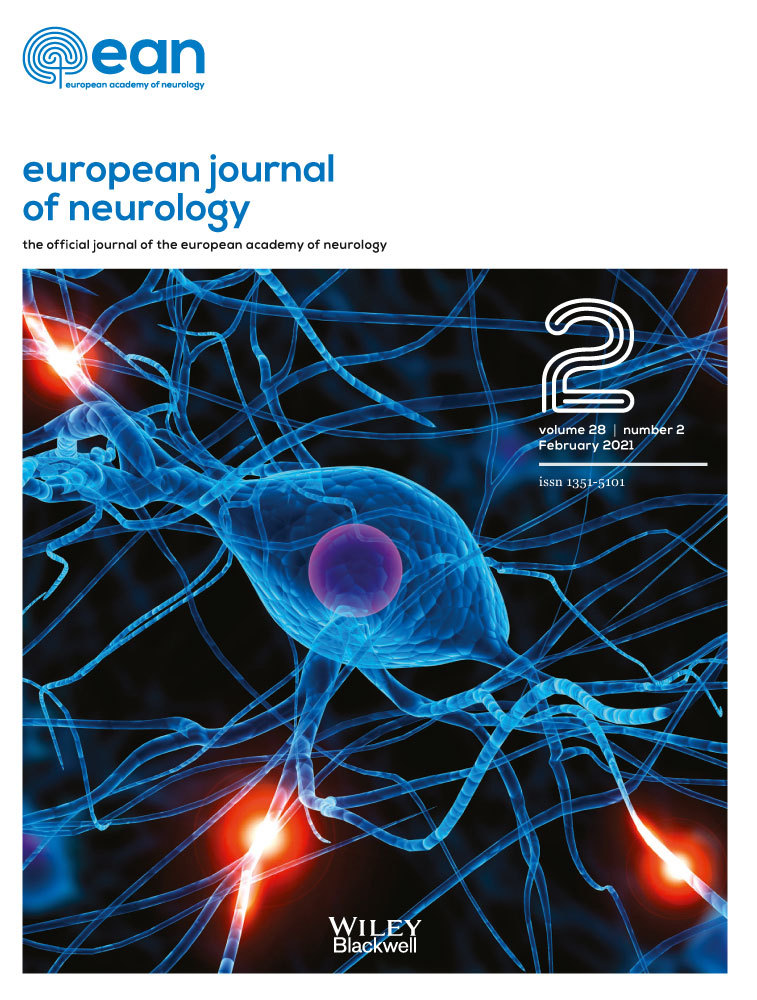Early neurological deterioration following thrombolysis for minor stroke with isolated internal carotid artery occlusion
This manuscript was handled by Pr Claudia Sommer and Pr Didier Leys was not involved at any stage of the editorial process.
Abstract
Background and purpose
Better understanding the incidence, predictors and mechanisms of early neurological deterioration (END) following intravenous thrombolysis (IVT) for acute stroke with mild symptoms and isolated internal carotid artery occlusion (iICAo) may inform therapeutic decisions.
Methods
From a multicenter retrospective database, we extracted all patients with both National Institutes of Health Stroke Scale (NIHSS) score <6 and iICAo (i.e. not involving the Willis circle) on admission imaging, intended for IVT alone. END was defined as ≥4 NIHSS points increase within 24 h. END and no-END patients were compared for (i) pre-treatment clinical and imaging variables and (ii) occurrence of intracranial occlusion, carotid recanalization and parenchymal hemorrhage on follow-up imaging.
Results
Seventy-four patients were included, amongst whom 22 (30%) patients experienced END. Amongst pre-treatment variables, suprabulbar carotid occlusion was the only admission predictor of END following stepwise variable selection (odds ratio = 4.0, 95% confidence interval: 1.3–12.2; P = 0.015). On follow-up imaging, there was no instance of parenchymal hemorrhage, but an intracranial occlusion was now present in 76% vs. 0% of END and no-END patients, respectively (P < 0.001), and there was a trend toward higher carotid recanalization rate in END patients (29% vs. 9%, P = 0.07). As compared to no-END, END was strongly associated with a poor 3-month outcome.
Conclusions
Early neurological deterioration is a frequent and highly deleterious event after IVT for minor stroke with iICAo, and is of thromboembolic origin in three out of four patients. The strong association with iICAo site—largely a function of underlying stroke etiology—may point to a different response of the thrombus to IVT. These findings suggest END may be preventable in this setting.
Disclosure of conflicts of interest
The authors declare no financial or other conflicts of interest.
Open Research
Data availability statement
The data that support the findings of this study are available from the corresponding author upon reasonable request.




